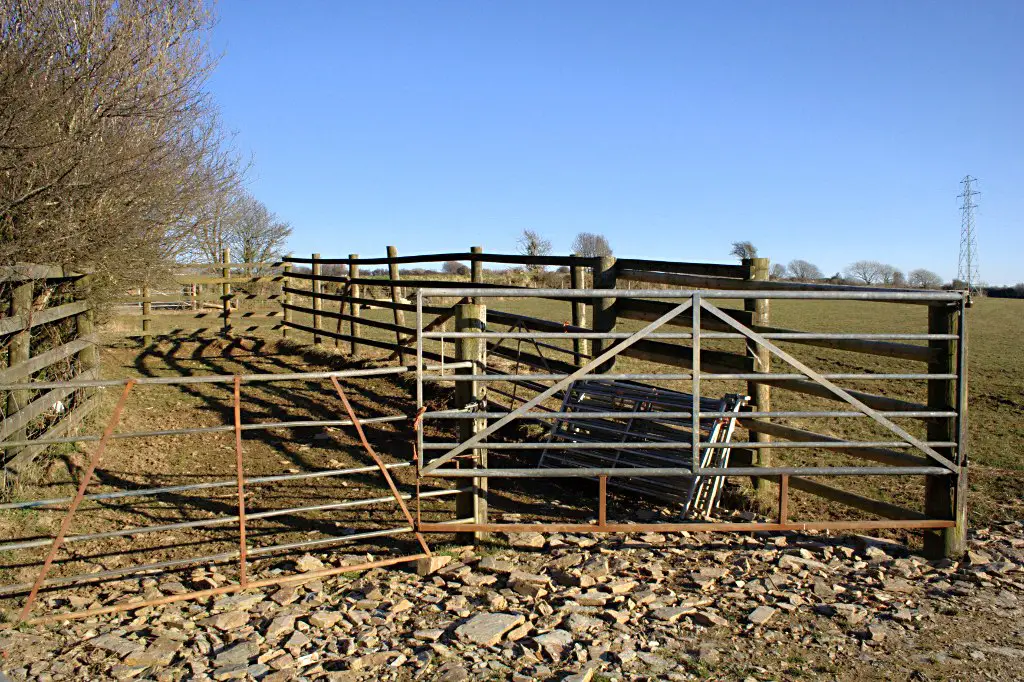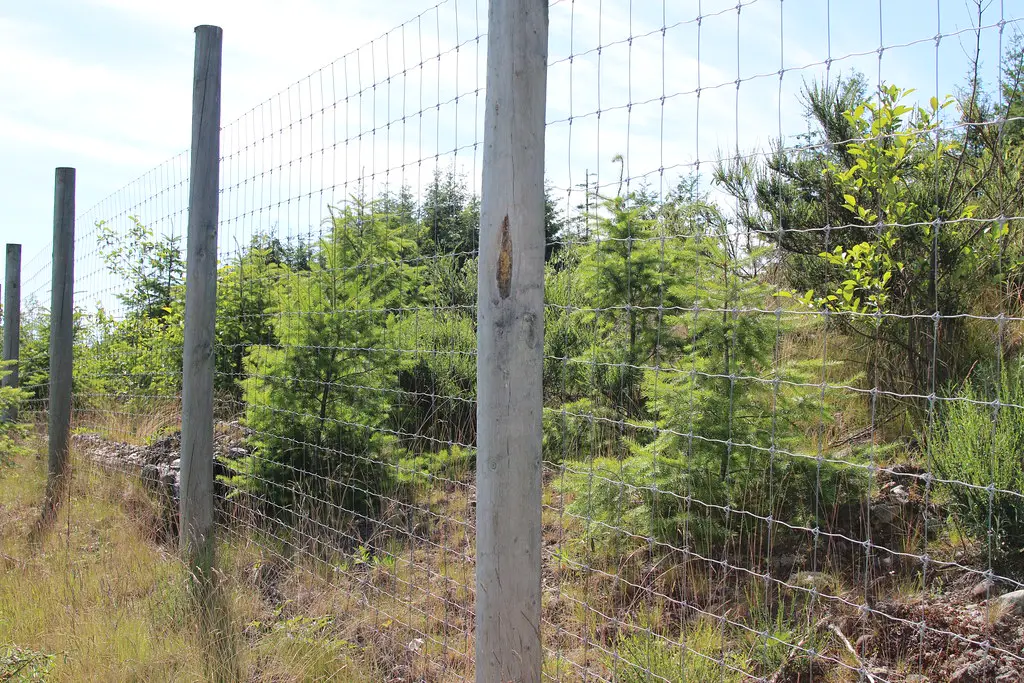
Cattle Fencing! Picture this: your cattle are calmly grazing within well-defined pastures, while you relax knowing they’re safe and secure. That’s the power of good cattle fencing! It’s more than just posts and wire – it’s a crucial investment in the success of your operation.
But with all those fencing options out there, how do you make the right choice? Whether you’re a seasoned rancher or just starting out, this guide will arm you with the knowledge you need to transform those fencing plans into reality.
Types of Cattle Fencing
Let’s explore some of the most common choices:
- Barbed Wire: The time-tested standard. Pros: Affordable, relatively easy to install. Cons: Can be more prone to sagging, requires regular maintenance.
- Woven Wire: A sturdy and versatile option. Pros: Good containment for various livestock, long lifespan. Cons: Higher material costs, can be more labor-intensive to install.
- High-Tensile Wire: Gaining popularity for its strength and longevity. Pros: Less sagging, needs fewer posts, lower maintenance in the long run. Cons: Higher upfront cost, requires specialized tools and techniques for installation.
- Cattle Fencing Panels: The superheroes of versatility! Pros: Quick installation, ideal for temporary setups, corrals, and creative structures. Cons: Can be more expensive for large areas.
- Electric Fencing: The flexible force. Pros: Great for rotational grazing, psychological barrier, can be combined with other fence types. Cons: Requires power source and regular monitoring.
Choosing the Right Cattle Fencing for Your Needs
Here’s what to consider before you buy:
- Your Herd: Are they rambunctious bulls or docile heifers? Size, breed, and temperament influence the strength of fence you need.
- Purpose: Perimeter fence or dividing paddocks? Do you need permanent or easily movable fencing?
- Budget: Factor in upfront material costs as well as long-term maintenance and expected lifespan of the fence.
- Terrain: Hilly or flat pastures? Rocky soil? These influence post placement and fencing material choices.
- DIY or Pro? Your experience level and available help will factor into what type of fencing is most practical.
Cattle Fencing Ideas to Inspire You
Get those creative juices flowing!
- Beyond the Basics: Use cattle panels to build unique arches, gates, or even a sturdy corral for working cattle.
- Strategic Combo: Integrate barbed wire with a high-tensile top line for maximum strength at a lower cost than full high-tensile.
- Living Fences: Train vines or climbing plants on trellised fence lines for extra shade and a touch of natural beauty.
- Flexible Paddocks: Use electric fencing to easily subdivide pastures for intensive rotational grazing practices.
The Burning Question: Cattle Fencing Cost Per Acre
Unfortunately, there’s no simple answer! Expect costs to range from around $1 – $8 or more per linear foot depending on materials, labor, and your specific needs.
Here’s the breakdown:
- Materials: The biggest cost factor. Compare prices locally for different fencing types.
- Labor: Professional installation adds cost, but may save you time and ensure the job’s done right.
- Terrain: More posts needed for uneven ground increases costs.
- Don’t Forget: Gates, corners, and other hardware add up.
Tip: Online cost calculators can help estimate based on your acreage and chosen materials.
FAQ
Which type of fencing is best for cattle?
The “best” fence depends entirely on your individual situation. Consider your cattle, budget, terrain, and long-term goals to make the most informed choice.
How much does cattle fencing cost?
Costs vary widely, typically between $1-$8+ per linear foot. Factors like materials, labor, and terrain all influence the final price tag. Get quotes for your specific project.
What type of fencing is most durable?
High-tensile wire is known for its longevity and low maintenance, but woven wire can also last for decades with proper care.
Tips for Cattle Fencing Success
- Quality Matters: Don’t skimp on materials. Investing in sturdy wires, posts, and hardware can save you headaches (and money!) down the line.
- Proper Installation is Key: Follow recommended spacing, post depth, and tensioning techniques for the type of fence you choose. Consider professional help if unsure.
- Maintenance is Your Friend: Regularly inspect your fence, fix sagging wires, and replace damaged posts to extend its lifespan and keep your cattle safe.
- Think Outside the Box: Sometimes repurposing materials or a bit of extra creativity can lead to a cost-effective and unique fencing solution for your property.
Beyond the Fence: Additional Considerations
- Local Regulations: Check for any zoning, fence height, or setback restrictions in your area.
- Neighborly Relations: Good communication with neighbors about boundary fences is a must.
- Safety First: Wear protective gear and use appropriate tools when building fences.

Conclusion
Choosing and installing the right cattle fencing is an empowering process! With a bit of planning and the knowledge you’ve gained today, you’re well on your way to secure pastures, a thriving herd, and the peace of mind that comes with a job well done.
Don’t be afraid to experiment, ask for advice from other ranchers, and learn from experience. Remember, a well-fenced farm is a happy farm!
